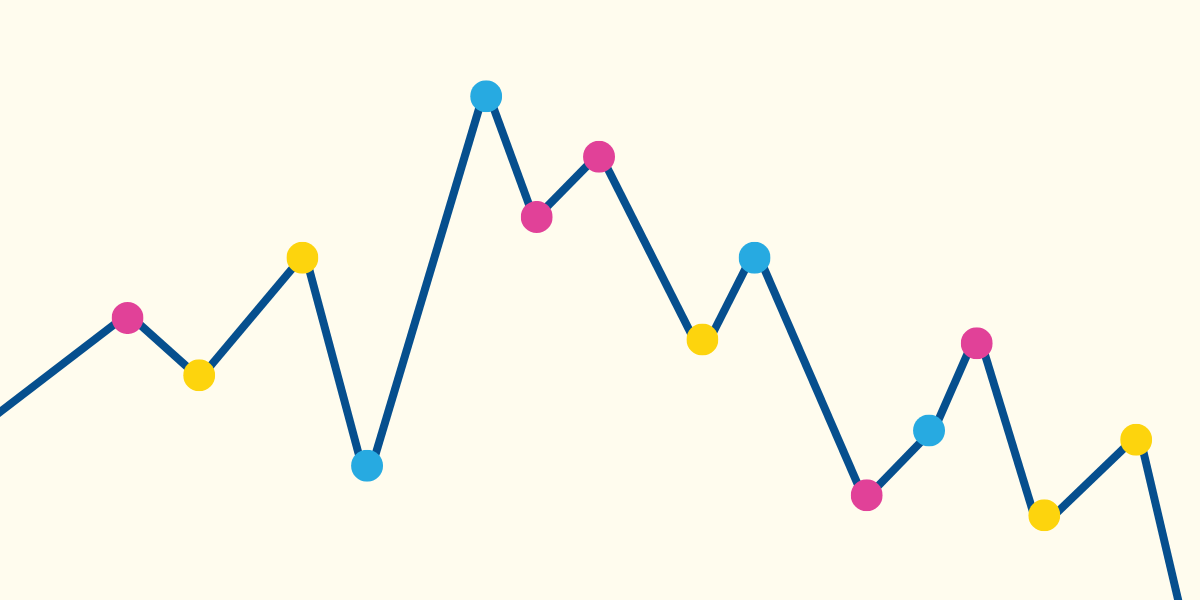For those of you who have read Cribsheet, you’ll be familiar with my basic take on breastfeeding. To greatly paraphrase (buy the book, please!) there are some short run health benefits of breastfeeding, but claims about long run health or cognitive benefits are (in my view) not consistent with the best data. There are good reasons to breastfeed (not the least of which is that you might like it) but they aren’t that it will make your child smarter and thinner and more successful.
When I wrote Cribsheet I was coming mostly from the standpoint of women feeling pressured to breastfeed and feeling terrible (or being made to feel terrible) if it didn’t work or they decided it was not for them.
In the era of COVID-19, things have shifted a bit. When I get emails about breastfeeding now, they mostly have the opposite concern: namely, should someone not breastfeed because they could give their baby COVID? It’s not a far-fetched concern. Other viruses (HIV being a prime example) can be spread through breastmilk.
As with many other COVID-related topics, the data on this has been hard to come by. There were some early papers from China and Italy, reporting on very small samples of women. Here’s one example, from Italy, with two women in the data. The authors of that study found viral RNA in the breastmilk of one woman but not the other.
These early samples were small, and they also were not designed to look for infectious virus. Fragments of viral RNA can be detected from non-infectious (killed or damaged) virus, so finding elements in breastmilk may not indicate the possibility of passing it in milk to the baby. (For the in-the-weeds reader, in the Italy study the PCR detetion was also only at very high CT counts — close to their cutoff of 40 — suggesting fairly limited viral amounts).
This limited data is why this new paper, which admittedly still has only 18 people, is a big addition. The authors collected data from women who were breastfeeding and either had been diagnosed with COVID-19 or were exposed and tested positive through the study. So, we start with a group of 18 women with COVID-19.
They tested their breastmilk and, importantly, did so in two ways. First, they tested for viral RNA using the standard PCR test. Second, they used tissue culture to test for infectious virus.
Among the 18 samples, they found 1 in which the milk tested positive for viral RNA. But it was negative for infectious virus. That is, among the samples tested none of them had active viral infection. This is good news! It also helps us make sense of some of the mixed earlier data, basically suggesting that the detected infection there may have been due to non-infections virus.
Practically, what does this mean? The main thing is that if you are having or have a baby and are hoping to breastfeed, this is reassuring that your baby will not be infected through breastmilk. Yay!
Two things to add. First, if you have COVID you could spread the virus to the baby in other ways (breathing on them, etc). This doesn’t seem to be that common, actually, even in infected mothers (see some summary discussion here) but it can happen so it may be important to take precautions if you are infected (like wearing a mask and hand washing).
Second, a number of people have asked whether breastfeeding actually protects infants through antibodies. We do not know. This study didn’t test for antibodies in milk, and I haven’t seen others which have. It also would not be clear that such antibodies would pass effectively to the baby even if present. We’ll need more research to disentangle this.
Community Guidelines














